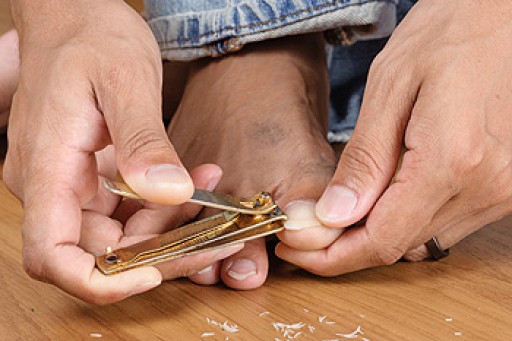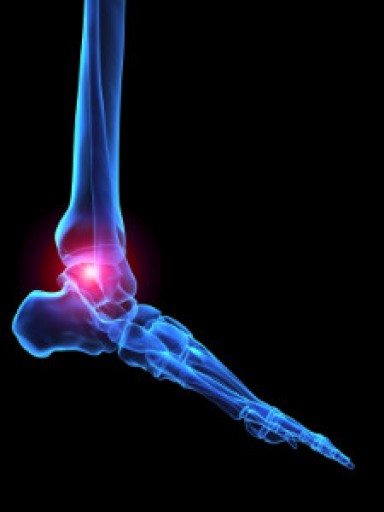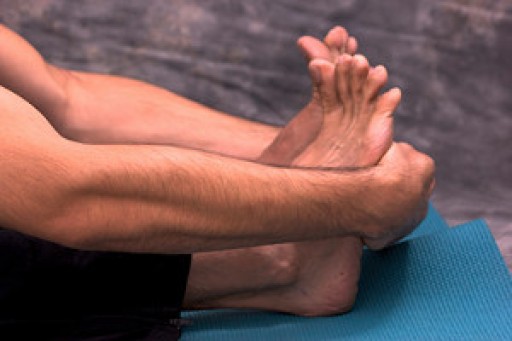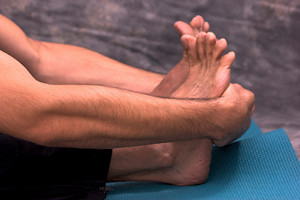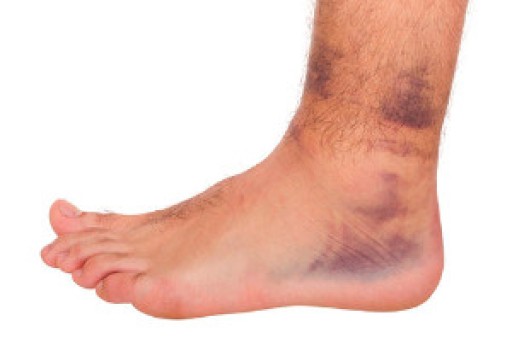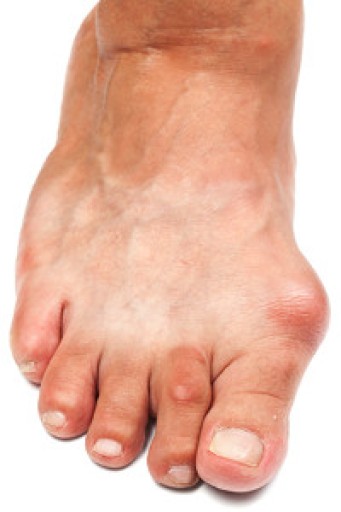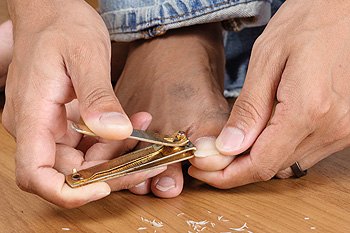 The feet are considered to be the foundation of the body. It is important to implement daily steps to ensure the feet stay healthy. Uncomfortable foot conditions which may include bunions, ingrown toenails and general foot pain may be avoided when properly fitting shoes are worn. The tendons and ligaments in the feet can be stretched while performing a daily exercise routine, which is important in maintaining strong foot muscles. Additionally, your feet may begin to feel better when they are washed at the end of every day, followed by utilizing a good moisturizer. This may help to prevent cracked heels. If you would like additional information about how to care for your feet daily, it is suggested to consult with a podiatrist.
The feet are considered to be the foundation of the body. It is important to implement daily steps to ensure the feet stay healthy. Uncomfortable foot conditions which may include bunions, ingrown toenails and general foot pain may be avoided when properly fitting shoes are worn. The tendons and ligaments in the feet can be stretched while performing a daily exercise routine, which is important in maintaining strong foot muscles. Additionally, your feet may begin to feel better when they are washed at the end of every day, followed by utilizing a good moisturizer. This may help to prevent cracked heels. If you would like additional information about how to care for your feet daily, it is suggested to consult with a podiatrist.
Everyday foot care is very important to prevent infection and other foot ailments. If you need your feet checked, contact one of our podiatrists from Foot Health Center of Merrimack Valley. Our doctors can provide the care you need to keep you pain-free and on your feet.
Everyday Foot Care
Often, people take care of their bodies, face and hair more so than they do for their feet. But the feet are a very important aspect of our bodies, and one that we should pay more attention to. Without our feet, we would not be able to perform most daily tasks.
It is best to check your feet regularly to make sure there are no new bruises or cuts that you may not have noticed before. For dry feet, moisturizer can easily be a remedy and can be applied as often as necessary to the affected areas. Wearing shoes that fit well can also help you maintain good foot health, as well as making it easier to walk and do daily activities without the stress or pain of ill-fitting shoes, high heels, or even flip flops. Wearing clean socks with closed shoes is important to ensure that sweat and bacteria do not accumulate within the shoe. Clean socks help to prevent Athlete’s foot, fungi problems, bad odors, and can absorb sweat.
If you have any questions please feel free to contact one of our offices located in North Andover, and Tewksbury, MA . We offer the newest diagnostic and treatment technologies for all your foot and ankle needs.

